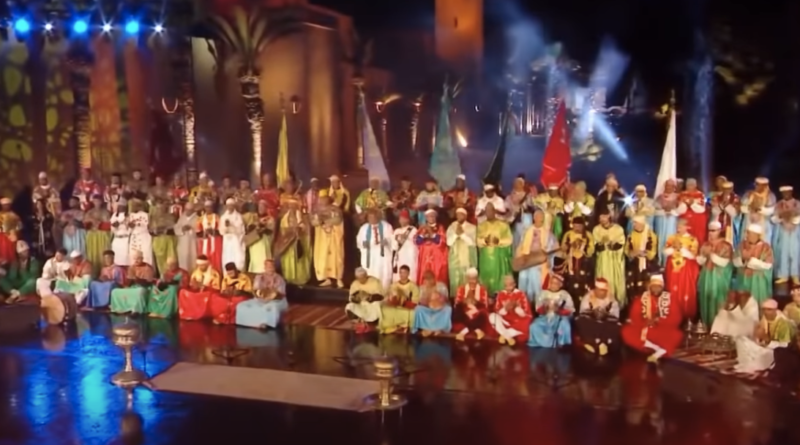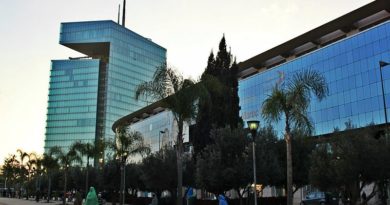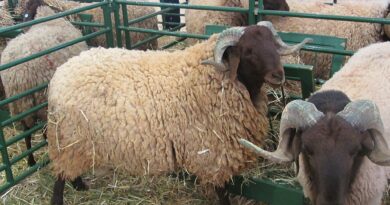The Iconic Maalems of Gnaoua music
Gnaoua music is a unique form of spiritual and trance music that originated in Morocco and has since spread throughout North Africa and beyond.
The music is characterized by quick-fingered bass riffs played on the three-stringed sintir or guembri. Contrasting that is the bright clatter of metal castanets called qaraqeb, with call-and-response vocal melodies arching over the beat.
Gnaoua music has a rich history and has produced many well-known musicians, some of whom are recognized as masters of the genre.
The music is performed at lila (the night) of celebration dedicated to prayer and healing guided by the Gnawa maalem, or master musician, and their group.
Being a Maalem is an honorary title and reserved to only musicians well-versed into the Gnaoua music and culture, and often attained after decades of practice and dedication.
Mahmoud Guinea
Mahmoud Guinea, born in Essaouira, Morocco, is hailed as one of the most exceptional maalems of Gnaoua music. Guinea started playing the guembri at an early age. He passed away in 2015.
He has embarked on numerous tours worldwide, collaborating with artists from diverse genres and producing several critically acclaimed albums. With approximately 51,000 followers on Instagram as of September 2021, he keeps his fans informed about his performances, recordings, and collaborations with fellow musicians.
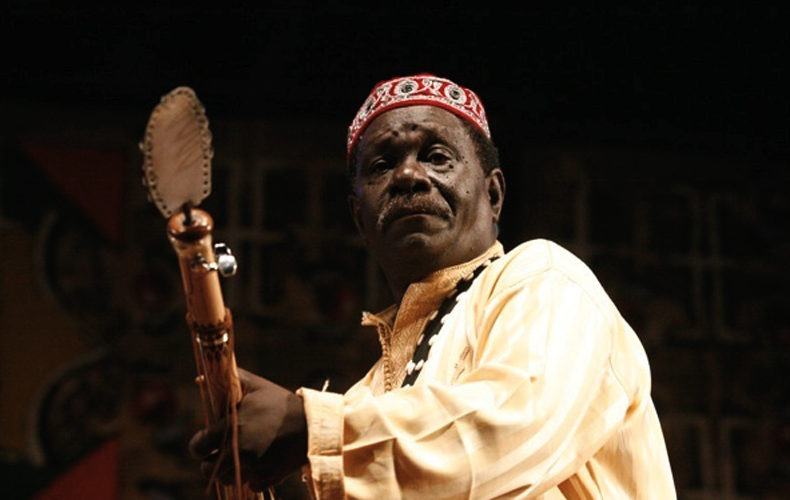
Hamid El Kasri
Hailing from Ksar El Kebir, Morocco, Hamid El Kasri is a prominent name in the world of Gnaoua music. He started his journey with the guembri at a young age and has since become one of the most sought-after Gnaoua musicians globally.
Hamid has released multiple albums and collaborated with artists from various genres. With approximately 178,000 followers on Instagram as of September 2021, he is among the most popular Gnaoua musicians on the platform.
Hamid regularly shares pictures and videos from his performances and collaborations with other artists, keeping his followers entertained.
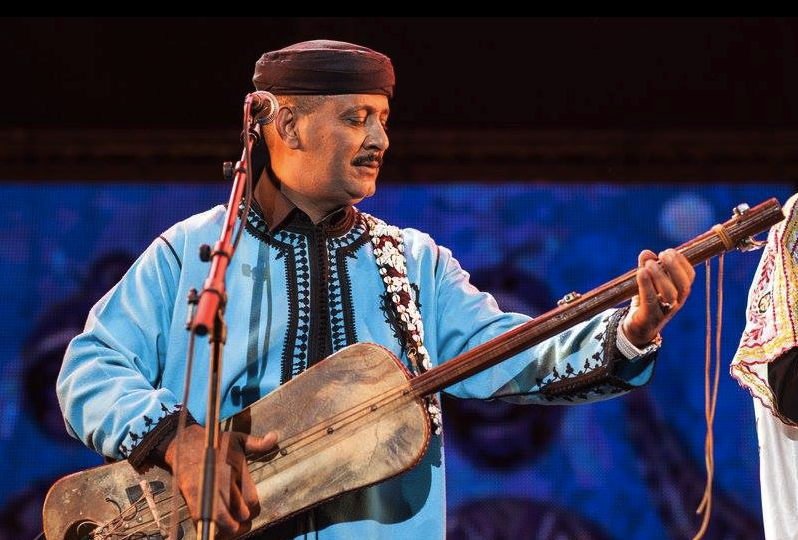
Majid Bekkas
Abdelmajid Bekkas’ musical journey began in 1972 when he started playing banjo in Moroccan “Jil” groups, similar to the traditional ensemble Nass El Ghiwane.
In the 1990s, he established the Gnaoua Blues Band and devoted his time to composing, recording, and touring.
Abdelmajid’s discography includes “Soudange,” produced in Morocco in 1991, “African Gnawa Blues,” his first album for Igloo in 2001, “Hommage à Roland Kirck” with Ramon Lopez in 2002, and “Cité invisible” with Beniat Achiary, Ramon Lopez, Ines Bacan, and Pedro Soler in 2003.
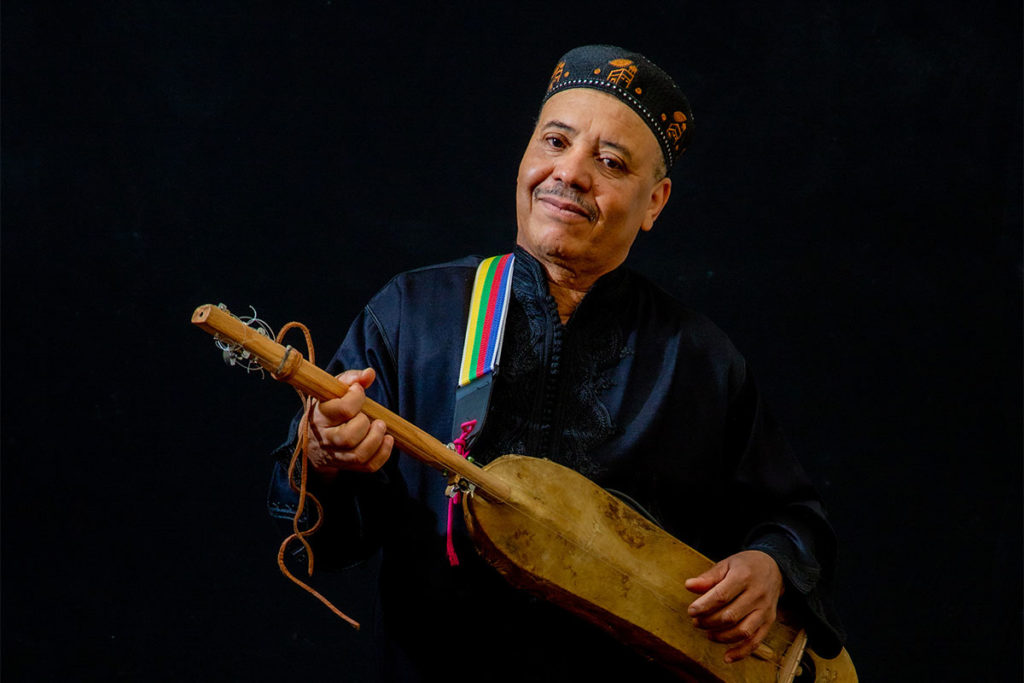
Hassan Hakmoun
Born in Marrakech in 1963, Hassan Hakmoun started his musical career as a child performing on the streets and at Gnawa Ceremonies in his hometown.
He made his first appearance in the Western music scene in 1987 at Lincoln Center, New York. His outstanding musical talent led Rolling Stone to recognize him as one of their “Hot Picks of ’94” for world music.
In 2003, Hassan was honored with “The Album of the Year” award at the AFIM Indie Awards for his album “The Gift”. Additionally, he has performed at prestigious events such as WOODSTOCK ’94 and the WOMAD’94 tour alongside Peter Gabriel.
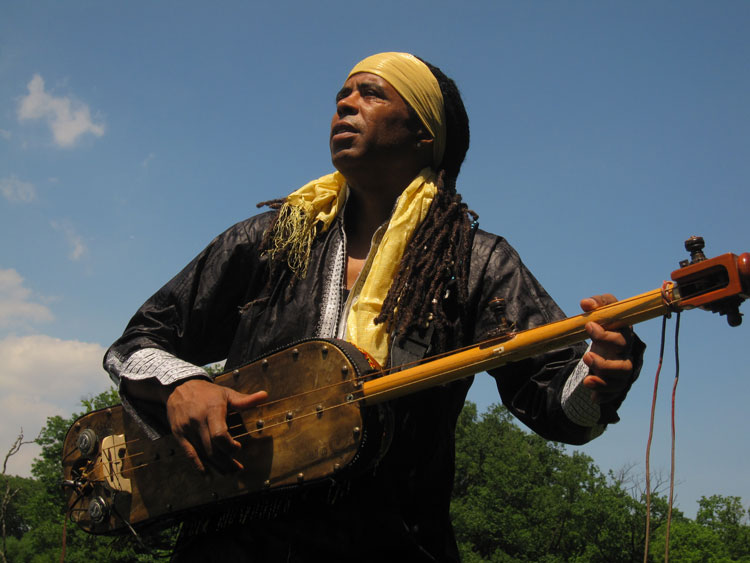
Paco Abderrahman
Paco Abderrahman was a renowned Moroccan musician, recognized for his exceptional talent in playing the guembri and his contribution to the preservation and promotion of Gnaoua music. Born in the coastal city of Essaouira, Paco Abderrahman learned to play the guembri at a young age from his father, a Gnaoua master.
He went on to become one of the most revered Gnaoua musicians of his time, and his legacy continues to inspire aspiring musicians to this day. Through his music, Paco Abderrahman bridged cultural divides and brought the unique sounds of Gnaoua to audiences worldwide.
Last words
These are just a few of the best-known musicians of Gnaoua music, but there are many others who have contributed to the development and evolution of this unique and powerful genre.
Gnaoua music continues to captivate audiences around the world with its mesmerizing rhythms, haunting melodies, and spiritual intensity, and it is sure to remain an important part of the musical landscape of North Africa and beyond.
